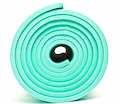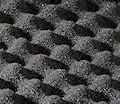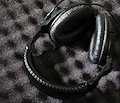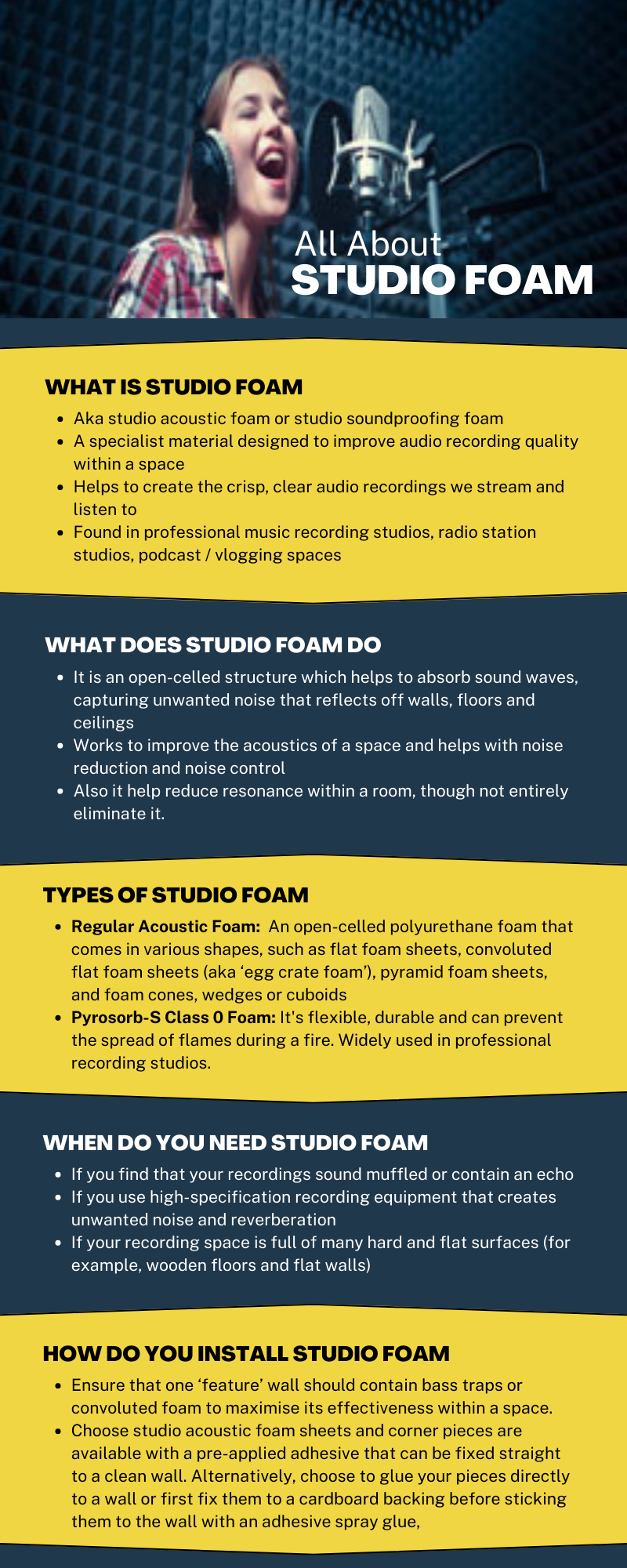Studio foam: Definition, Benefits and Installation

What is studio foam?Studio foam - most commonly known as studio acoustic foam or studio soundproofing foam - is a specialist material designed to improve audio recording quality within a space. It is found in professional music recording studios, in radio station studios, as well as podcast and vlogging spaces. It helps to create the crisp, clear audio recordings we stream and listen to. What does studio foam do?Studio foam works to improve the acoustics of a space. In turn, this ensures a greater clarity of sound and end recording. It works by helping to reduce reverberation, flutter echoes and sound reflections - all of which can be incredibly disruptive and noticeable when using very sensitive state-of-the-art recording equipment. Studio foam - or acoustic foam - has an open-celled structure which helps to absorb sound waves, capturing unwanted noise that reflects off walls, floors and ceilings. It also works by reducing the chance of sound waves bouncing back into a space, causing echoes and other disruptions on a recording. Studio foam helps with noise reduction and noise control. Specialist types of studio foam panels or a studio foam wall can be installed to block external noise from entering the space, yet also installed for acoustic enhancement. Studio foam can help reduce resonance within a room, though not entirely eliminate it. Types of studio foamThere are several different types of studio foam. Regular acoustic foam is an open-celled polyurethane foam and is easily available directly from manufacturers cut to size. This foam comes in various shapes, such as flat foam sheets, convoluted flat foam sheets (also known as ‘egg crate foam’), pyramid foam sheets, and foam cones, wedges or cuboids. Another popular type of studio acoustic foam is Pyrosorb-S Class 0 foam. This type of foam is manufactured to Class 0 specifications, which is defined by Building Regulations as a material that can prevent the spread of flames during a fire. It is incredibly flexible and durable, and is most commonly found in professional recording studios as it meets various regulations and requirements. When do you need studio foam?If you find that your recordings sound muffled or contain an echo, studio foam is required. Any recording should be as clean and crisp as possible, and when using high-specification recording equipment, it is surprising to see how much unwanted noise and reverberation is actually picked up. If your recording space is full of many hard and flat surfaces (for example, wooden floors and flat walls), studio foam can help control the sound waves within the space to ensure that echoes do not impact your recording. How do you install studio foam?When installing studio foam, one ‘feature’ wall should contain bass traps or convoluted foam to maximise its effectiveness within a space. Many of our studio acoustic foam sheets and corner pieces are available with a pre-applied adhesive that can be fixed straight to a clean wall. Alternatively, you can choose to glue your pieces directly to a wall or first fix them to a cardboard backing before sticking them to the wall with an adhesive spray glue, should you be concerned about permanent wall damage from adhesive. Feel free to contact us to discuss any of your requirements. |




